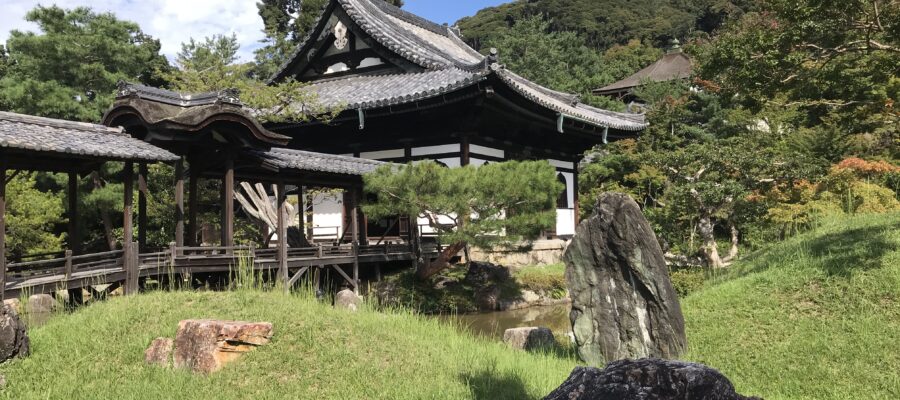暑さが残るねねの道
京都での打ち合わせを終え、まだまだ暑さが残る中、ねねの道から台所坂に入り石段を上りました。ねねと言えば、豊臣秀吉の糟糠の妻であり正室の北政所ですが、秀吉没後、その菩提を弔うために開創した高台寺に来ました。
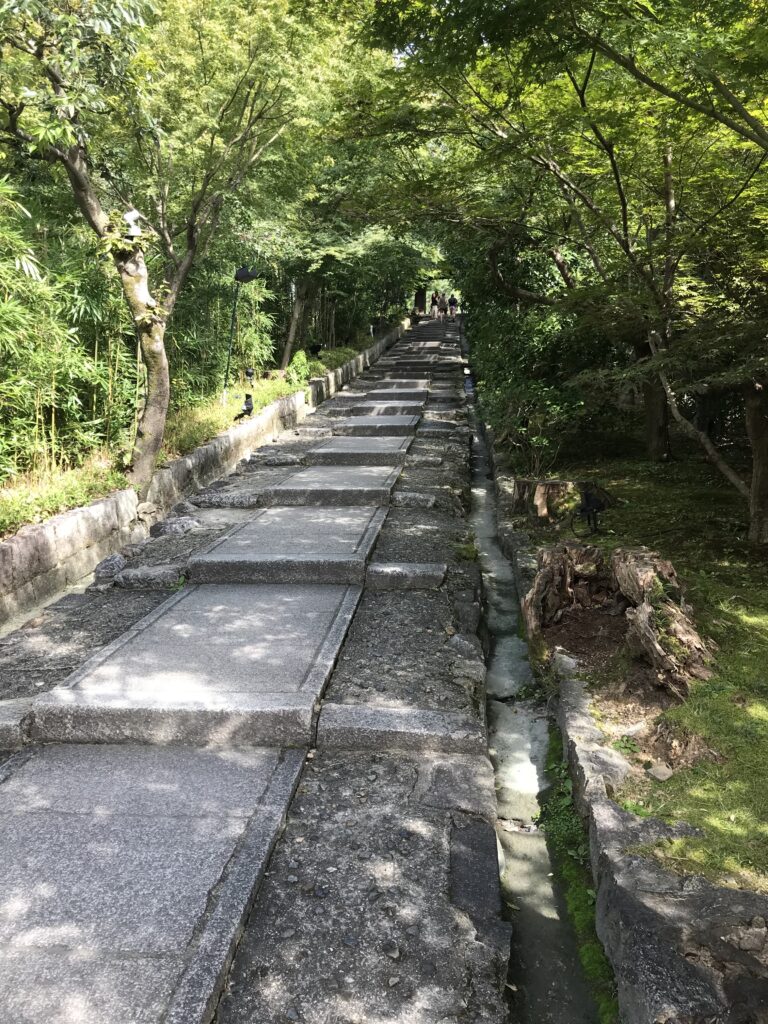
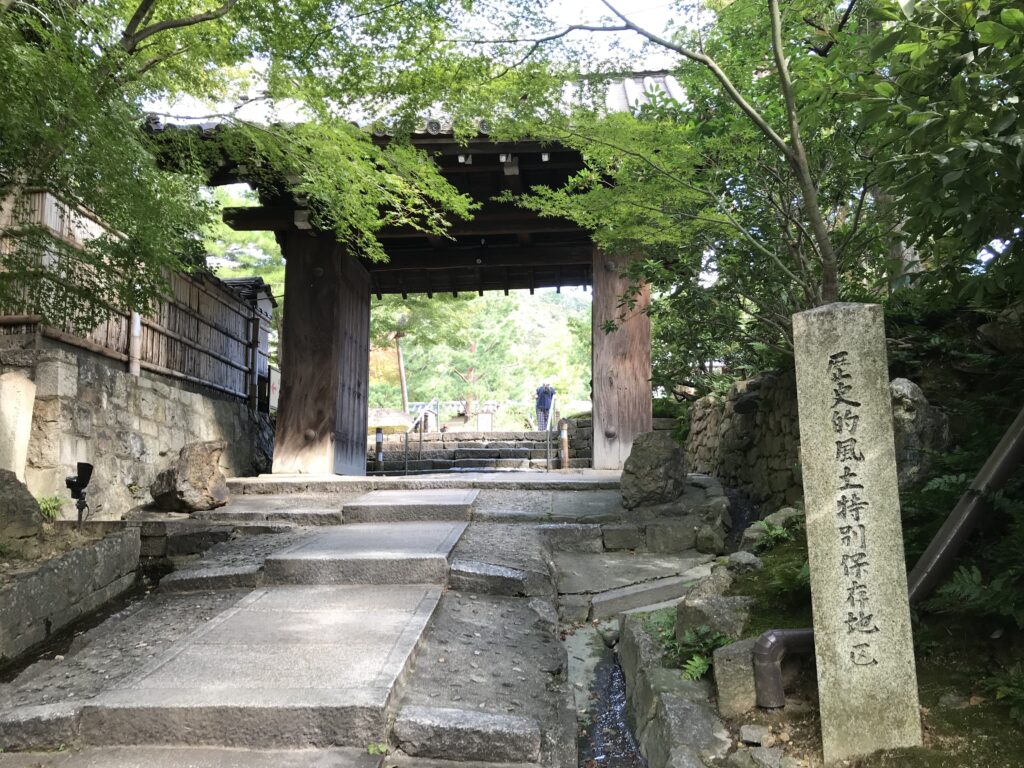
石段の先の大門を左に曲がると、大きな庫裏が見えます。受付を済ませて中に入ると、茶の草庵などを見ながら、ぐるっと回って方丈に入ります。少し歩いただけでもスケールの大きな境内とわかります。
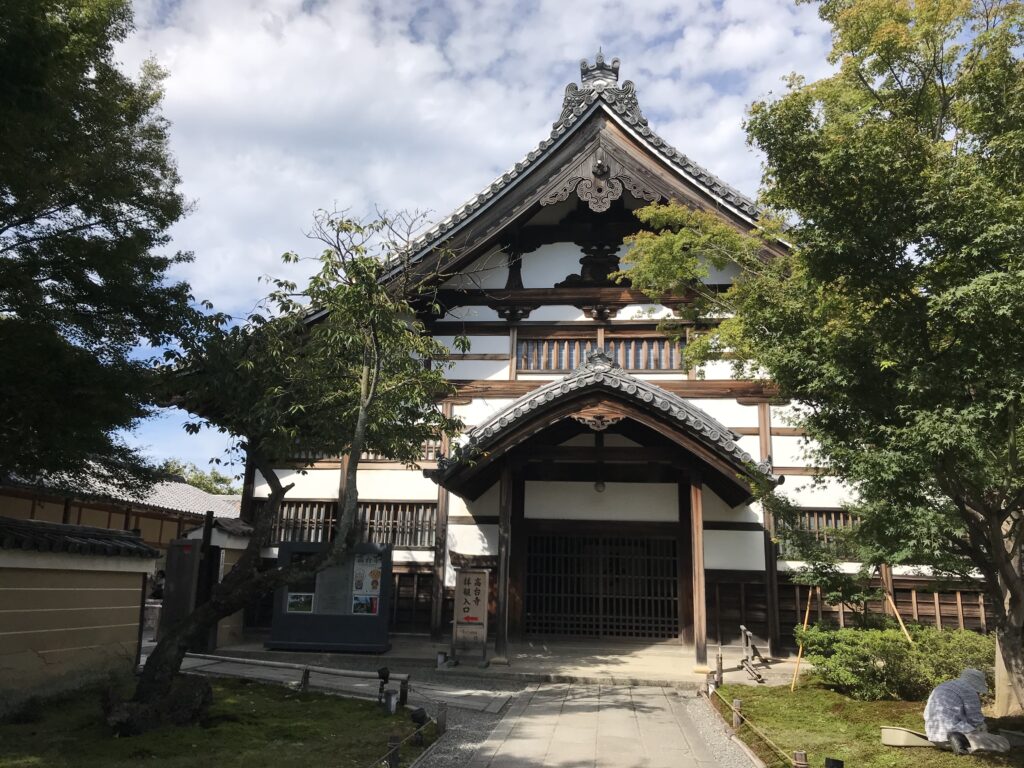
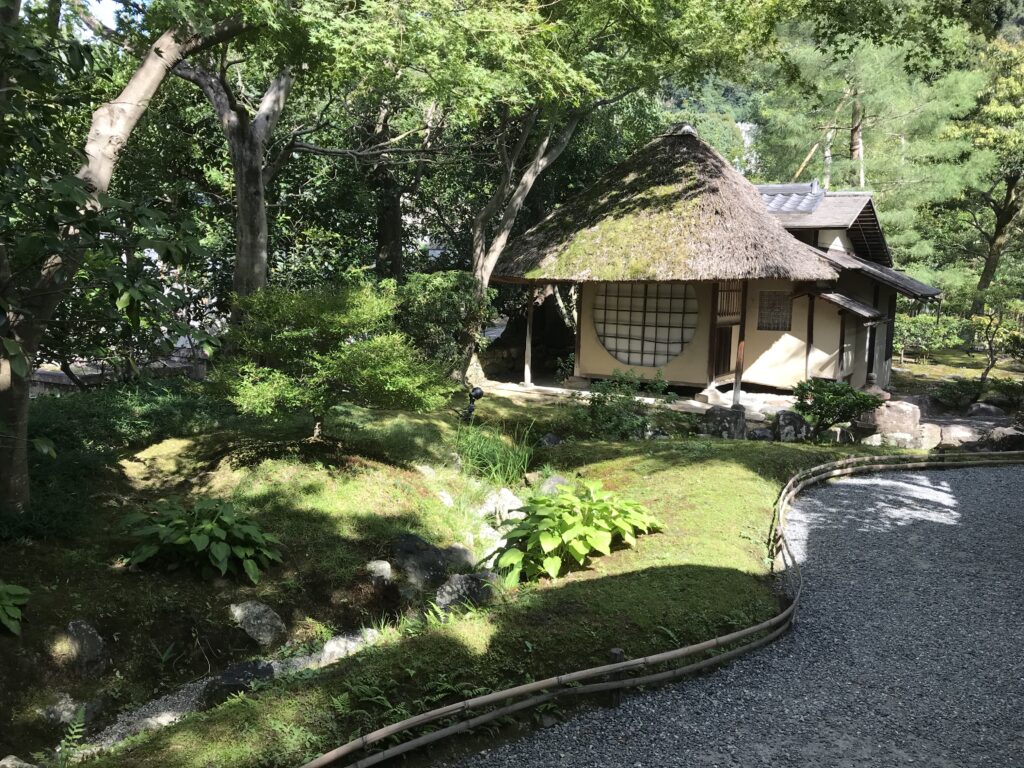
方丈の枯山水
方丈は枯山水の庭に南面しています。白砂を敷き詰められ、左奥の方に石や植栽があります。昼の眩しい太陽が、白砂に反射して更に明るい空間をつくりだしています。すこし眺めただけで先を急ぎました。
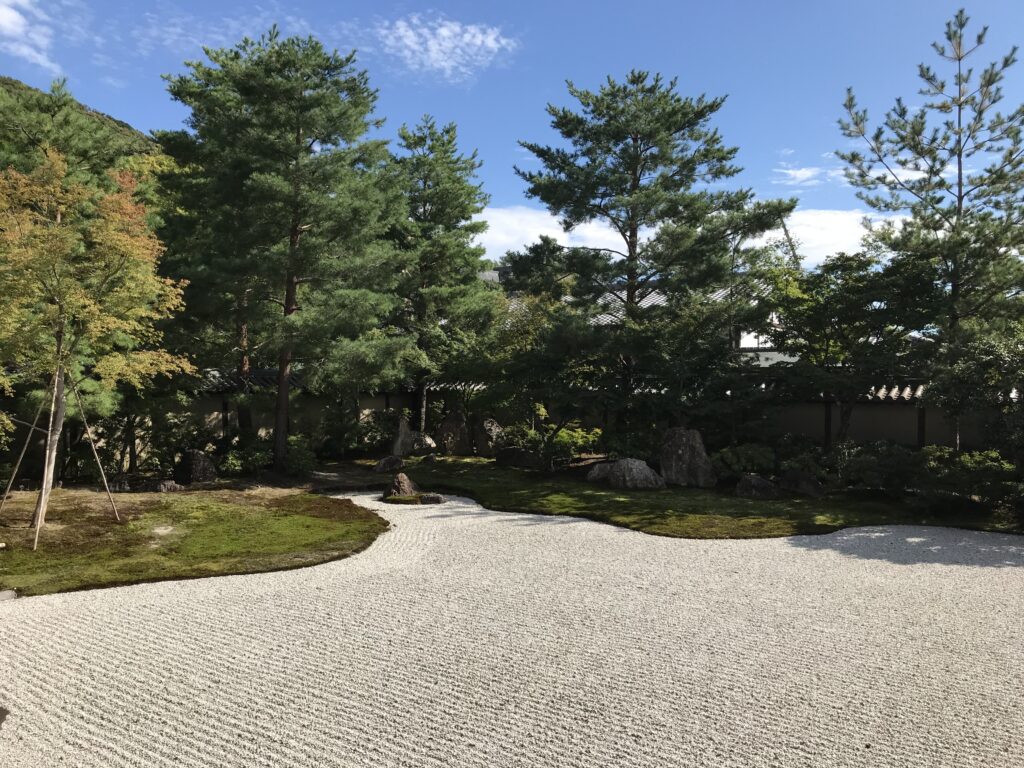
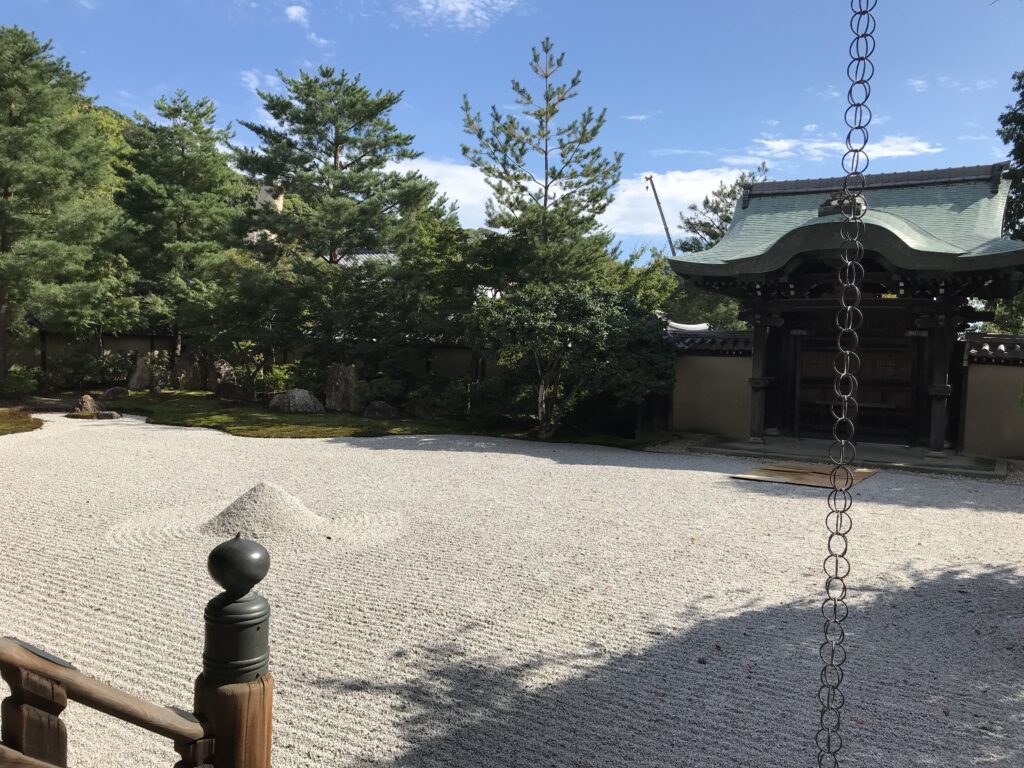
小堀遠州作の庭
方丈から東側に開山堂が見えます。この緑の広がる庭は、小堀遠州の作によるもので、桃山時代を代表する庭園でもあります。見事な石組が見られます。開山堂につづく楼船廊の中央には観月台があり、檜皮葺きで、三方に唐破風をつけた屋根の下から月を眺めるそうです。
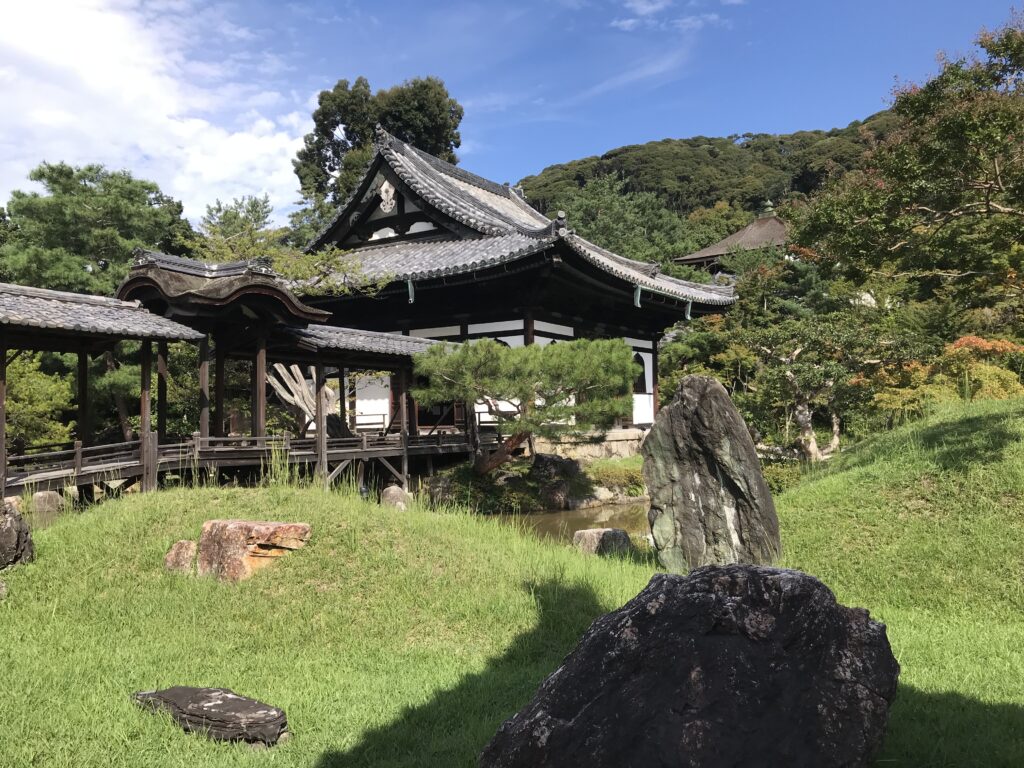
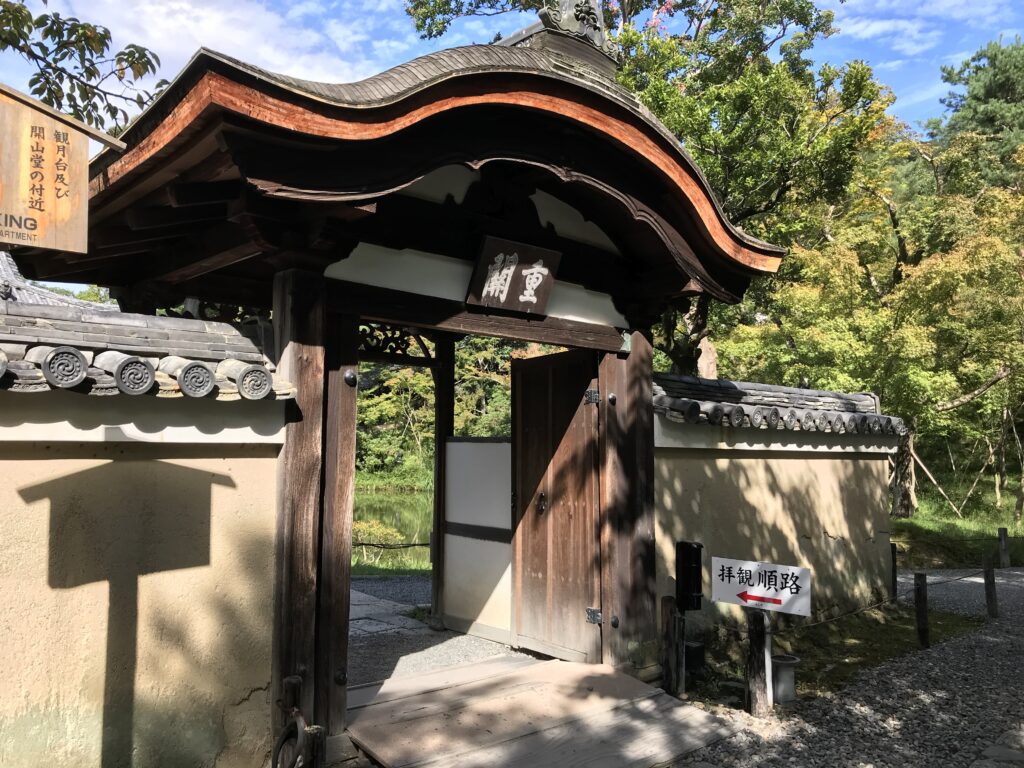
見学者はこの楼船廊を通れないので、中門まで遠回りして開山堂に向かいました。案内の方にお話を伺った後、霊屋(おたまや)に行きました。ここは秀吉と北政所をお祀りしているところです。北政所の木像の下には、ねねさんが今も、秀吉の眠る方向に向いて眠っていらっしゃると聞きました。
小高い傘亭から眺めながら考えたこと
高台にある傘亭と時雨亭まで見て回ったのち、お寺を出ました。夫亡き後、四半世紀を生き、秀吉ともに築き上げた豊臣家が滅亡するのも見届けることになった、ねねさんの心中は決して推し量ることはできないでしょう。ねねさんにとっても、浪花のことは夢のまた夢だったのだろうと感じました。(完)
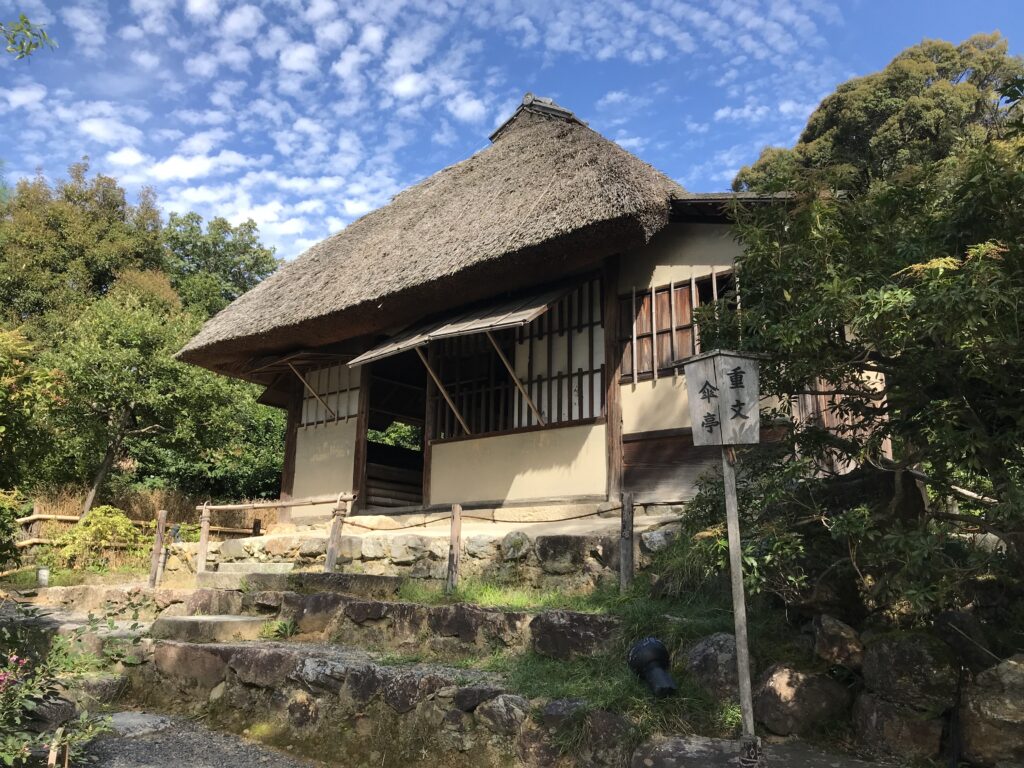
高台寺の御朱印
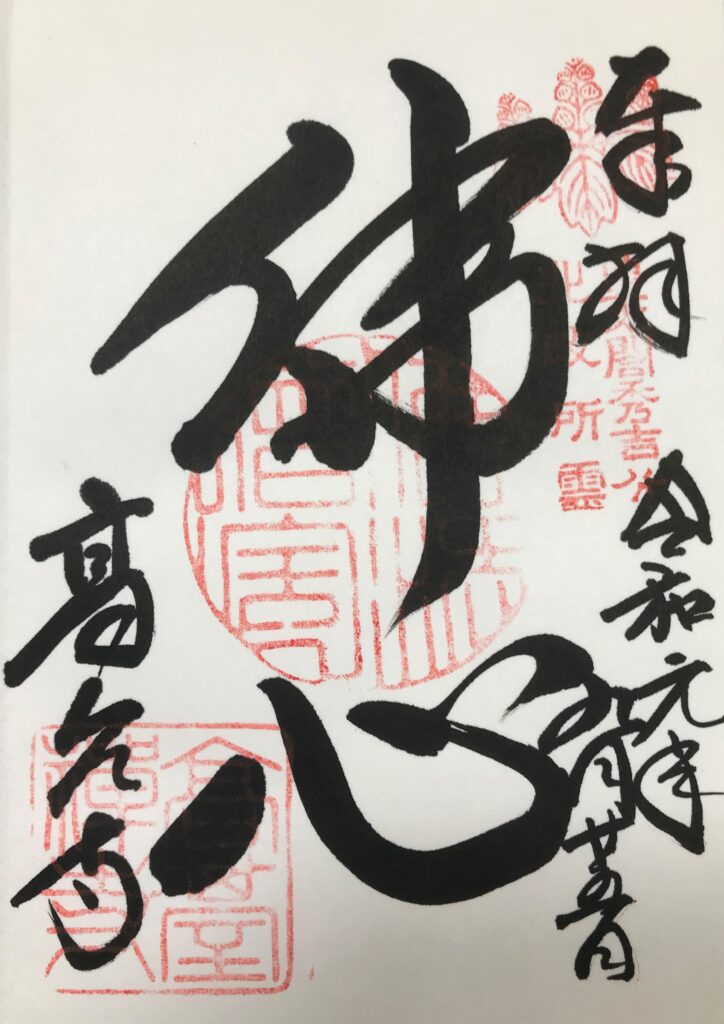
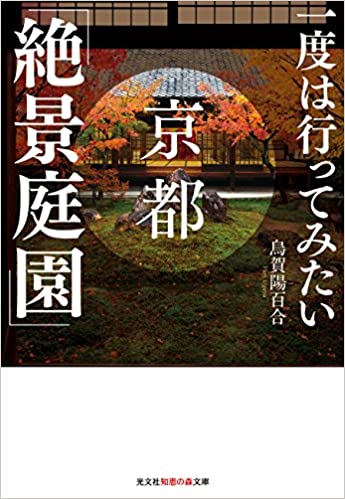
一度は行ってみたい京都「絶景庭園」 (光文社知恵の森文庫) [ 烏賀陽百合 ]
価格:924円
(2021/5/24 12:56時点)
感想(2件)
Kodaiji Temple
After a meeting in Kyoto, with the heat still lingering, I entered Daidokoro (Kitchen) Hill from Nene’s Road and climbed the stone steps. Nene was the wife of Toyotomi Hideyoshi, Kita-no-mandokoro. I came to Kodaiji Temple, which was founded to mourn Hideyoshi’s passing after his death.
Turning left at the end of the stone stairway through the main gate, I saw a large Kuri (storehouse). After checking in at the reception desk, I went inside and entered the Hojo (main hall), where I saw a tea ceremony hermitage and other facilities. Even after a short walk, I could tell that the temple grounds are large in scale.
The Hojo building faces south into a karesansui (dry landscape garden). It is paved with white sand, with stones and plantings at the far left. The bright noon sun reflects off the white sand, creating an even brighter space. After admiring the garden for a few minutes, I hurried on.
From the hojo, Kaisando-Hall can be seen on the east side. This garden with its expanse of greenery was created by Enshu Kobori, and is a representative garden of the Momoyama period. The splendid masonry can be seen here. In the center of the rosen-ro (hallway) leading to the hall is a viewing platform with a cypress bark roof with Chinese gables on three sides, from under which the moon can be seen.
Visitors are not allowed to pass through this corridor, so I took the long way around to the middle gate to go to Kaisando-Hall. After a talk with the guide, I went to the Otamaya (mausoleum). This is where Hideyoshi and Kita no Mandokoro are enshrined. I was told that under the wooden statue of Kita no Mandokoro, Nene-san is still sleeping facing the direction of Hideyoshi’s sleep.
After visiting the Umbrella Pavilion and the Shigure Pavilion on the hill, I left the temple. It is hard to imagine how Nene must have felt to have lived for a quarter of a century after her husband’s death and to have witnessed the downfall of the Toyotomi family, which she and Hideyoshi had built together. I felt that for Nene, too, Naniwa must have been just a dream. (End)
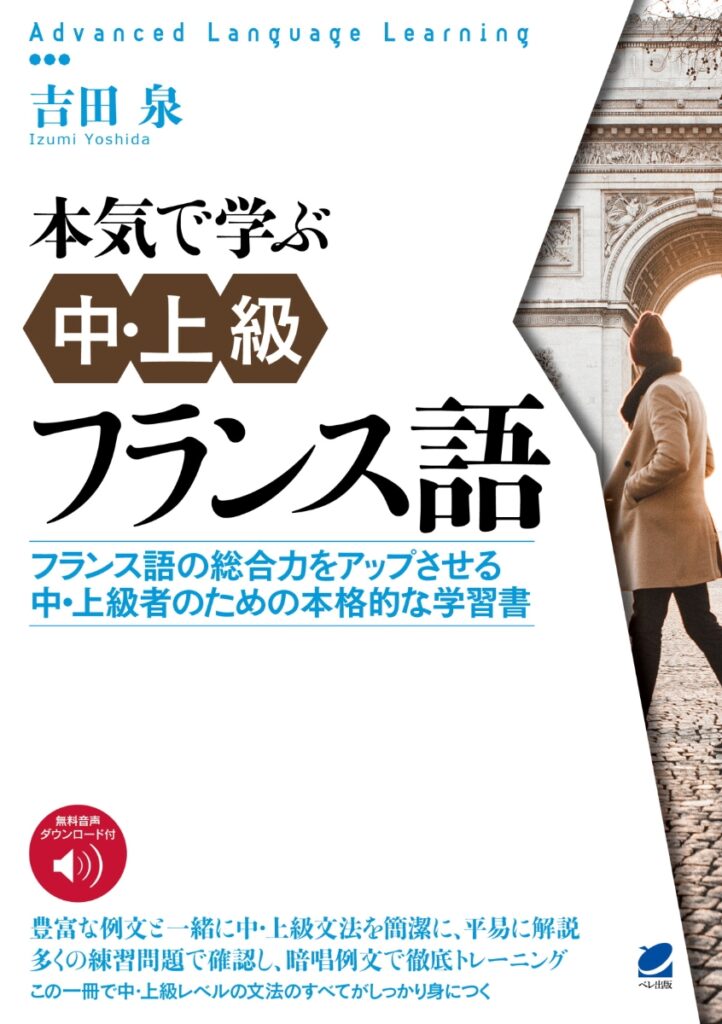
本気で学ぶ中・上級フランス語 [音声DL付] [ 吉田 泉 ]
価格:3,190円
(2023/1/9 11:56時点)
感想(0件)
Temple Kodaiji
Après une réunion à Kyoto, alors que la chaleur persistait, je suis entré dans la colline de Daidokoro (cuisine) par la route de Nene et j’ai gravi les marches en pierre. Nene était la femme de Toyotomi Hideyoshi, Kita-no-mandokoro. Je suis arrivé au temple Kodaiji, qui a été fondé pour faire le deuil de Hideyoshi après sa mort.
En tournant à gauche au bout de l’escalier de pierre qui traverse la porte principale, j’ai vu un grand Kuri (entrepôt). Après m’être enregistré à la réception, je suis entré dans le Hojo (hall principal), où j’ai vu un ermitage de cérémonie du thé et d’autres installations. Même après une courte marche, j’ai pu constater que le terrain du temple est de grande taille.
Le bâtiment Hojo est orienté vers le sud et donne sur un karesansui (jardin paysager sec). Il est pavé de sable blanc, avec des pierres et des plantations à l’extrême gauche. Le soleil brillant de midi se reflète sur le sable blanc, créant un espace encore plus lumineux. Après avoir admiré le jardin pendant quelques minutes, je me suis dépêché de continuer.
Depuis le hojo, on peut voir le Kaisando-Hall sur le côté est. Ce jardin avec ses étendues de verdure a été créé par Enshu Kobori, et est un jardin représentatif de la période Momoyama. On peut y voir la splendide maçonnerie. Au centre du rosen-ro (couloir) menant à la salle se trouve une plate-forme d’observation avec un toit en écorce de cyprès avec des pignons chinois sur trois côtés, sous laquelle on peut voir la lune.
Les visiteurs ne sont pas autorisés à passer par ce couloir, j’ai donc pris le long chemin jusqu’à la porte du milieu pour me rendre au Kaisando-Hall. Après une discussion avec le guide, je suis allé à l’Otamaya (mausolée). C’est là que sont enterrés Hideyoshi et Kita no Mandokoro. On m’a dit que sous la statue en bois de Kita no Mandokoro, Nene-san dort toujours dans le sens du sommeil de Hideyoshi.
Après avoir visité le pavillon des parapluies et le pavillon Shigure sur la colline, j’ai quitté le temple. Il est difficile d’imaginer ce que Nene a dû ressentir en vivant un quart de siècle après la mort de son mari et en assistant à la chute de la famille Toyotomi, qu’elle et Hideyoshi avaient construite ensemble. J’ai senti que pour Nene aussi, Naniwa n’a dû être qu’un rêve. (Fin)
